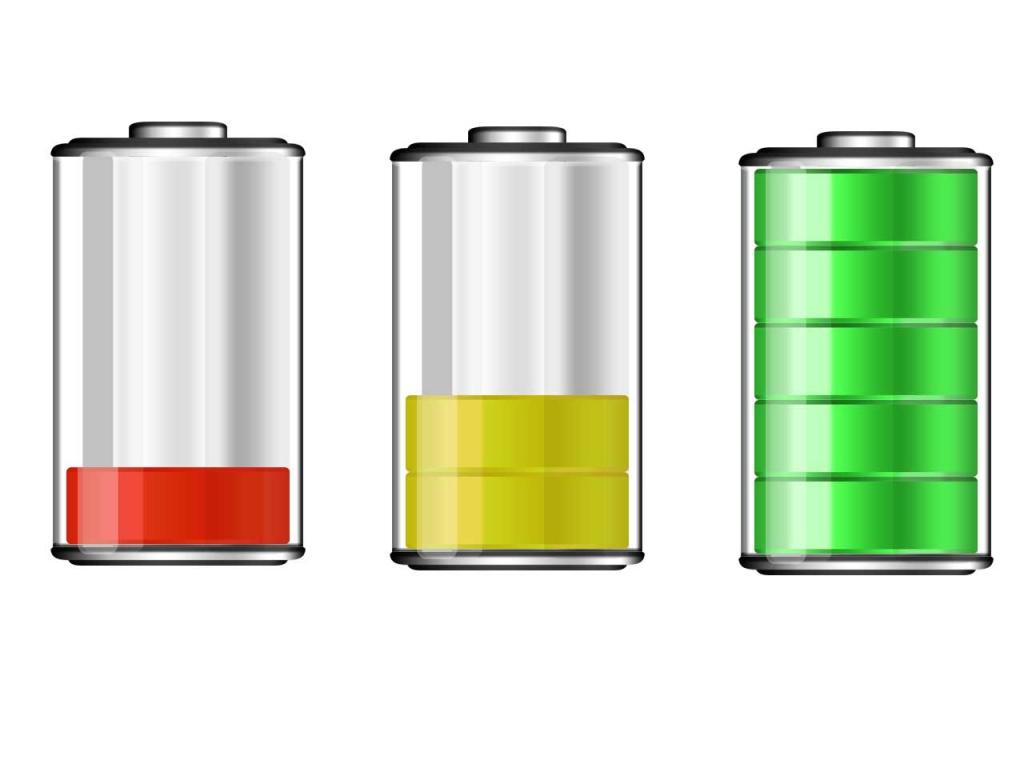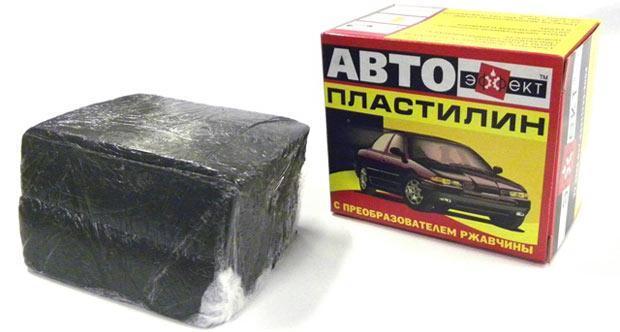
Autoplasticine. A simple remedy for complex problems
The composition of autoplasticine
Since then, the composition of plasticine has not changed much, so some car owners even now in critical situations manage with ordinary children's plasticine, as evidenced by numerous reviews. Last but not least, because such plasticine can be multi-colored.
The product includes:
- Gypsum used as a filler - 65%.
- Vaseline - 10%.
- Lime - 5%.
- A mixture of lanolin and stearic acid - 20%.
For use in auto chemical goods, special components are added to traditional plasticine that stop corrosion processes.


Autoplasticine is produced on two bases - water or oil, and both find their application to protect cars. The first group is characterized by the ability to dry in air, while maintaining its original shape (this property is used when sealing joints and gaps). The second group is exfoliating autoplastics, they are plastic and do not dry out, therefore they are used as a local anti-corrosion agent on the bottoms and other body parts of vehicles.
What is autoplasticine for?
The main application of the product:
- Protection of bolts from corrosion.
- As an anticorrosive agent (together with a rust converter).
- Sealing individual parts of the body.
Autoplasticine is used to protect the joints and gaps on the bottom of the car from small particles. This facilitates their subsequent removal when washing with car shampoo or plain water, while the main coating is not damaged. Subsequently, additional processing with auto-sealants can be performed.
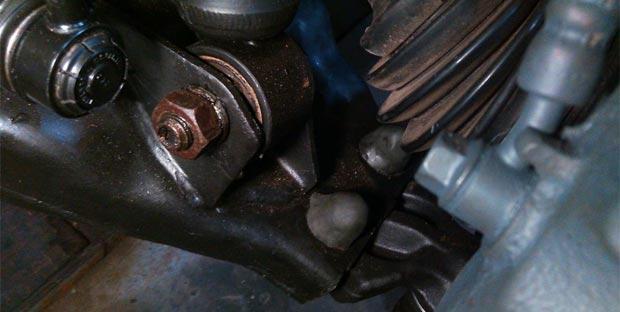

In order to protect against rust, water-based autoplastics are used (the purpose and composition are usually indicated on the packaging of the product). Such a seal holds well on any surface, is not exposed to sunlight, is non-toxic, and does not decompose, even at elevated levels of sulfur dioxide, nitrogen or carbon dioxide in the atmosphere.
With continuous application, the material helps to reduce the noise of a running engine: sound absorption is ensured by the cellular structure of the material. The method is especially effective for those places in the car where it is impossible to apply liquid sealant. These include the junction of the car wing with the threshold, the fender elements of the wings, license plates, fasteners for brake hoses and tubes. In the latter case, their additional fixation is simultaneously performed.
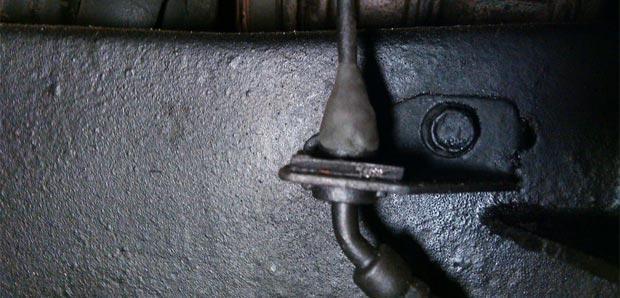

The sequence of joint use of autoplasticine and rust converter is as follows. The surface is thoroughly dried and cleaned. First, a layer of the converter is applied, and then problem areas (fasteners, wheel arch liners, internal parts of bumpers) are additionally processed with autoplasticine. Some user reviews indicate that only autoplasticine can be used, especially when sealing bolt and nut heads, since the original quality of such a sealant is maintained for several years.
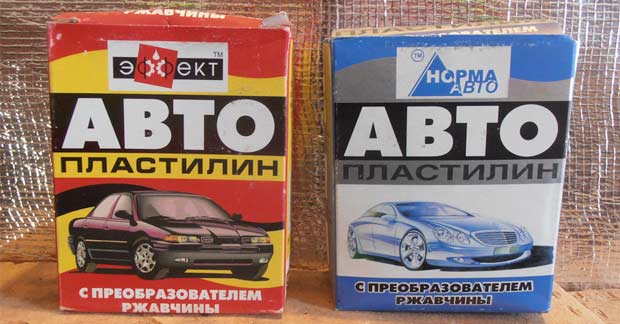

Basic rules of choice
It is worth choosing autoplasticine not so much for its price, but for its tactile sensations: a soft product is more viscous, and, although it is easier to apply, it does not hold as well as a result. Hard plasticine is easier to give the desired shape.
The adhesive properties of modern autoplasticines do not depend on the material that is being sealed, so it is advisable to choose a product according to the consistency and composition of the components, focusing on what work is supposed to be performed.
The limitations of the product include the fact that the water-containing autoplasticine loses its elasticity in severe frosts, cracking in the places of its application. Attempts to use oil-soluble formulations are also not particularly successful, since at low temperatures, autoplasticine does not thicken and delaminate. By the way, the substance is also unsuitable at temperatures above 30 ... 35ºС, since it begins to melt.
